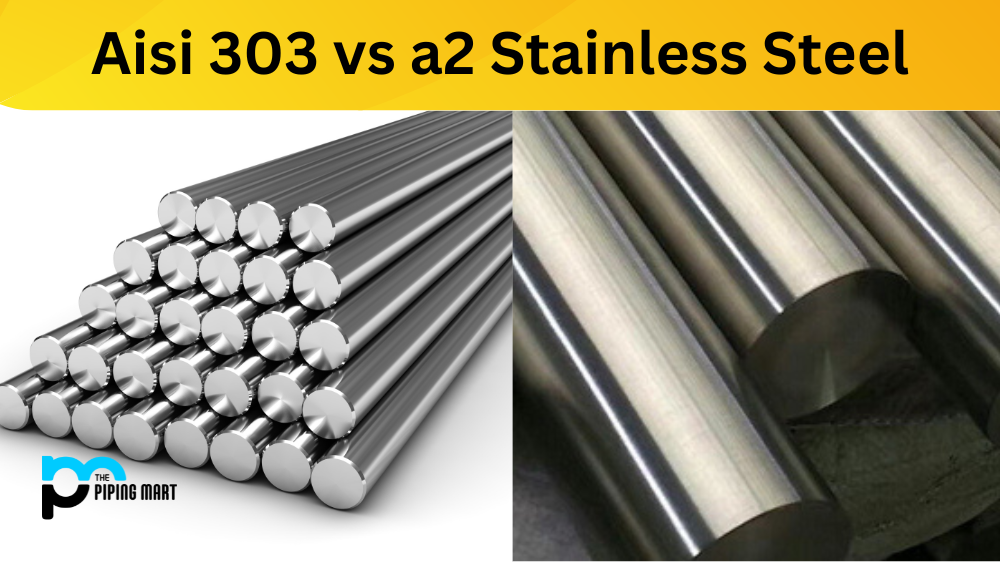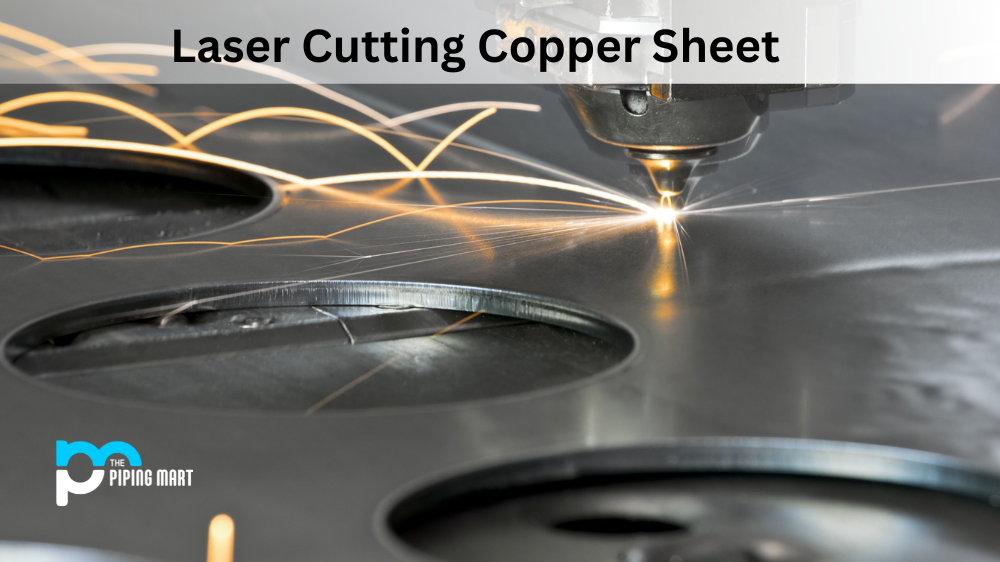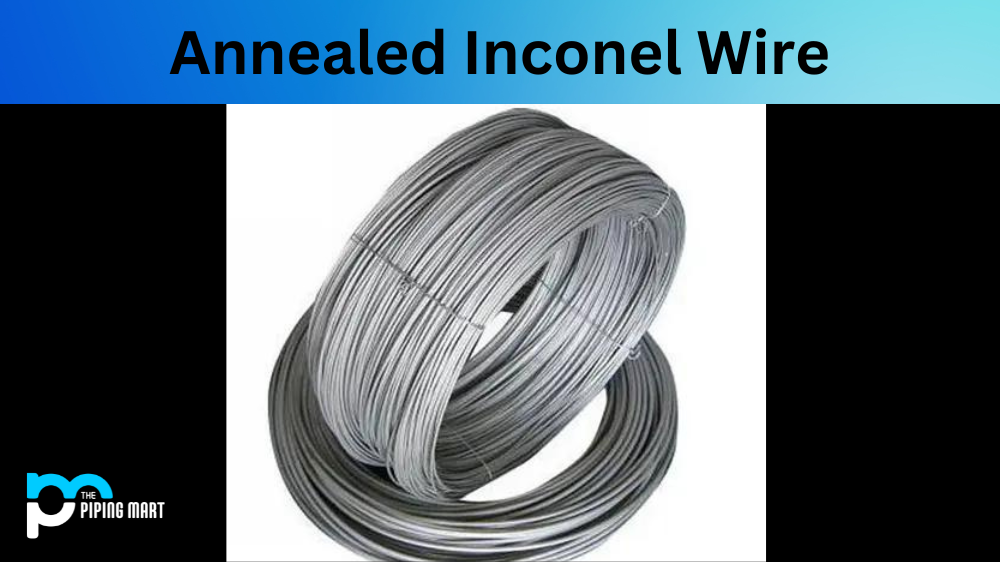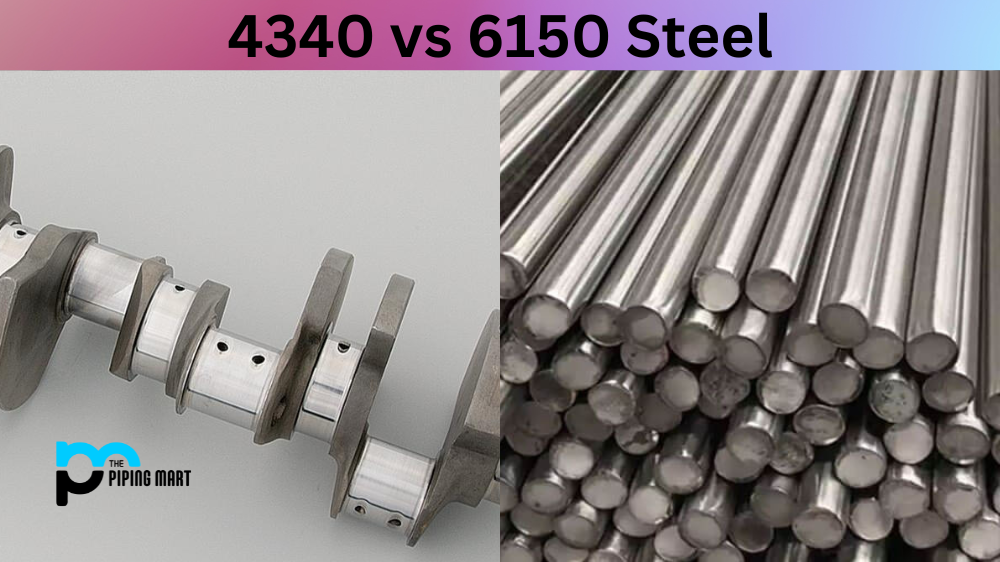When choosing the suitable material for your project, two of the most commonly used stainless steels are Aisi 303 and A2. Both materials offer excellent strength and corrosion resistance, but there are a few key differences between them that can make or break the success of your project. Let’s look at the similarities and differences between these two stainless steel grades.
Difference Between AISI 303 and A2
AISI 303 and A2 are two types of stainless steel that are often used in manufacturing fasteners and other components. Both sheets of steel offer a high degree of corrosion resistance and strength, but there are some critical differences between them.
Similarities
Both Aisi 303 and A2 stainless steels have several similar properties, such as good strength and excellent corrosion resistance. Additionally, both materials have high tensile strength, meaning they can resist shear forces without breaking or deforming too easily. They also have a high melting point, making them great for projects involving heat or welding.
Differences
The main difference between these two sheets of steel is their composition. Aisi 303 is austenitic stainless steel made up of 18-20% chromium, 8-10% nickel, 2-3% manganese, 1-1.5% silicon, 0.1-0.6% sulfur, 0.15-0.4% phosphorus and 0-0.4% molybdenum; whereas A2 is an air hardened grade that contains 18-20% chromium, 3-4% molybdenum and 5-7% nickel in its composition. This difference in design means that while both materials provide excellent corrosion resistance and strength, A3 requires more specialized processing to reach its full potential. At the same time, A2 can be air hardened with no additional treatment needed to achieve maximum hardness levels (up to 50 HRC). This makes it easier to work with if you need quick turnaround times on your project or don’t have access to specialized tools/equipment for working with more rigid materials like A3.
A3 also has better machinability than A2, which makes it easier to shape into complex forms without compromising its structural integrity; however, this comes at the cost of lower wear resistance than what you would get from using A2 material due to the higher amounts of sulfur present in the former grade’s composition which can reduce its overall lifespan when being exposed to abrasive environments such as metalworking shops or foundries where frequent grinding/machining operations are taking place regularly.
Composition
The first difference between these two sheets of steel is their composition. AISI 303 contains chromium, nickel, and manganese, while A2 only contains chromium and manganese. Adding nickel to AISI 303 gives it better corrosion resistance than A2.
Hardness
Another difference between these two sheets of steel is their hardness. AISI 303 is more complex than A2, with a hardness rating of Rockwell C28-33. This means it can withstand more wear and tear before showing signs of wear.
Cost
Another factor to consider when choosing between these two sheets of steel is cost. AISI 303 is typically more expensive than A2 due to the addition of nickel to its composition. However, both sheets of steel are relatively affordable compared to other types of stainless steel.
Uses
Both AISI 303 and A2 are commonly used in manufacturing fasteners, such as bolts and screws. They are also often used in the food industry due to their high corrosion resistance. Additionally, both sheets of steel can be used for decorative purposes thanks to their shiny appearance.
Summary
AISI 303 and A2 are both high-quality stainless steels that offer a great deal of strength and resistance to corrosion. However, they have some critical differences, including composition, hardness, and cost. When choosing between these two sheets of steel, it is essential to consider the intended use to select the best option for the job at hand.
Conclusion:
In conclusion, when selecting either material for your project, it’s essential to consider all factors, from cost-effectiveness (A3 tends to be cheaper than comparable quantities of A2), machinability (A3 is easier to shape into complex forms) and wear resistance (A2 will hold up better against abrasive environments) before making a decision that best fits your needs! With both materials offering excellent strength and corrosion resistance, it ultimately boils down to what kind of project you’re working on and how much time/resources you have available for processing/finishing it before making a final choice between one grade over another!

Abhishek is a seasoned blogger and industry expert, sharing his insights and knowledge on various topics. With his research, Abhishek offers valuable insights and tips for professionals and enthusiasts. Follow him for expert advice on the latest trends and developments in the metal industry.




